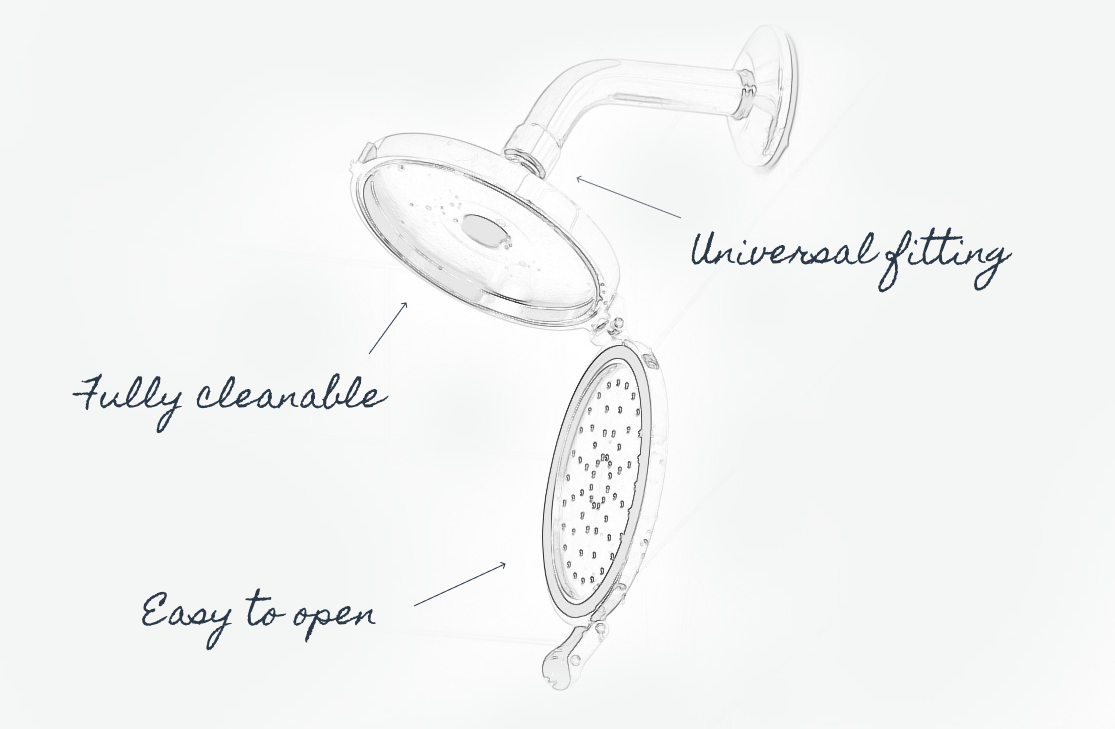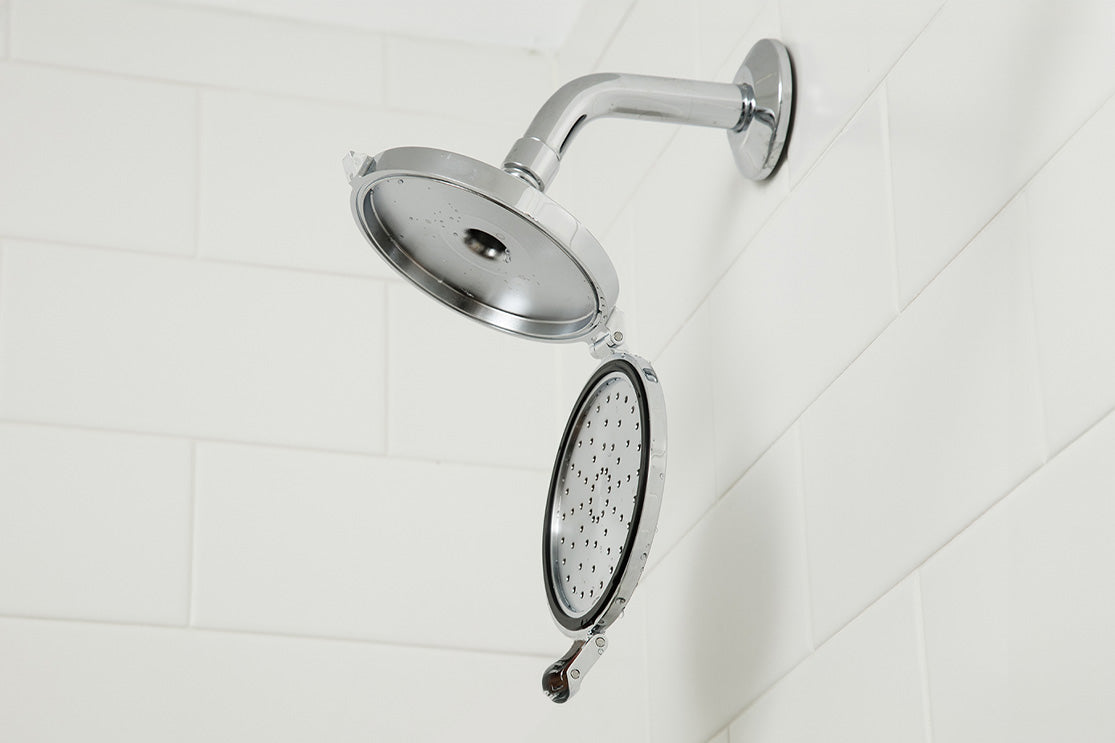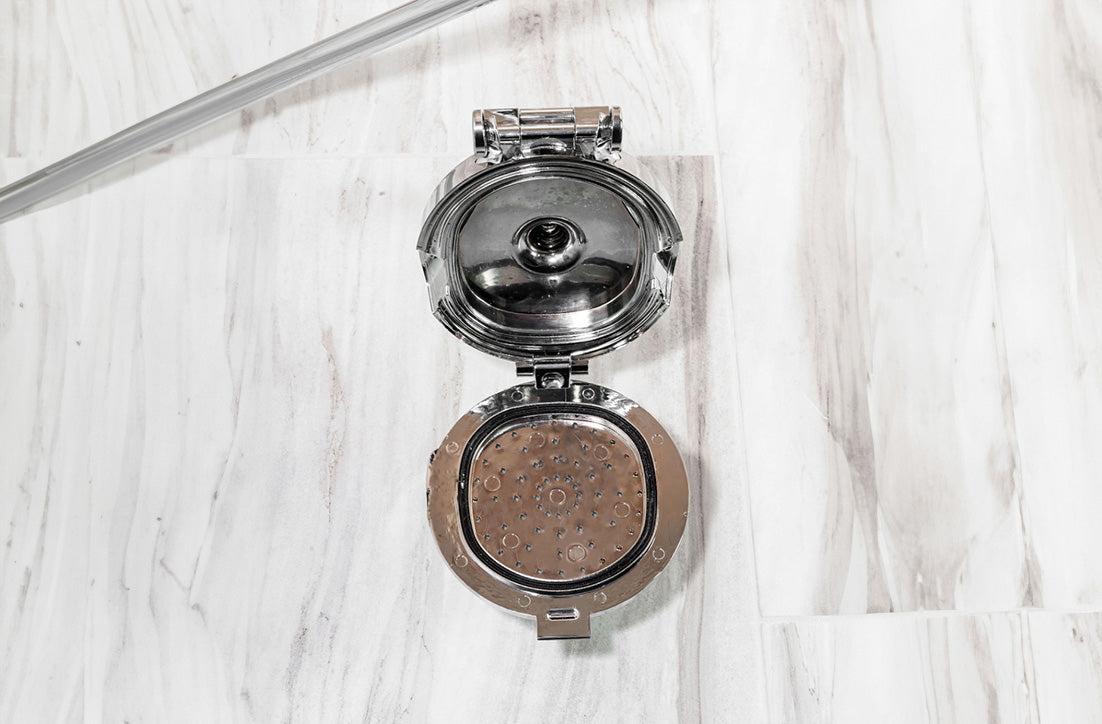“Existing showerheads cannot be cleaned effectively and fail to protect you. You cannot know when they become toxic. Shower heads may be spraying out bacteria - 1 in 5 tested harbored bugs tied to Pulmonary Disease… study finds.”
- Annals of Internal Medicine

The research behind ShowerClear
Learn more about our research and development into our product
Mold causes illness
Due to the inability of being able to be cleaned properly, the standard shower head can be dangerous for your health. For those with compromised immune systems or preexisting conditions, the dangers of mold are great. This unseen buildup poses significant health risks, including:
- Nontuberculous mycobacteria infection
- Asthma
- Respiratory infections
- Chronic bronchitis
- Sinus infections
- Hypersensitivity pneumonitis
- Allergic reactions (sneezing, runny nose, red eyes, skin rashes)
Ensuring a clean shower environment is crucial for preventing these health issues, underscoring the need for a shower head that can be fully and easily cleaned.
The facts

Of bacteria in a normal shower head
Including mold and fungus

People in the U.S. have asthma
That's 1 in 12 people

Of infections are caused by molds and bacteria
In people with blood cancer
Innovative, hygenic design
In order to create such a seamless design that eliminates mold, we did extensive research, collaborating alongside a microbiologist to understand the full-impact shower head mold and bacteria is having on our health.







